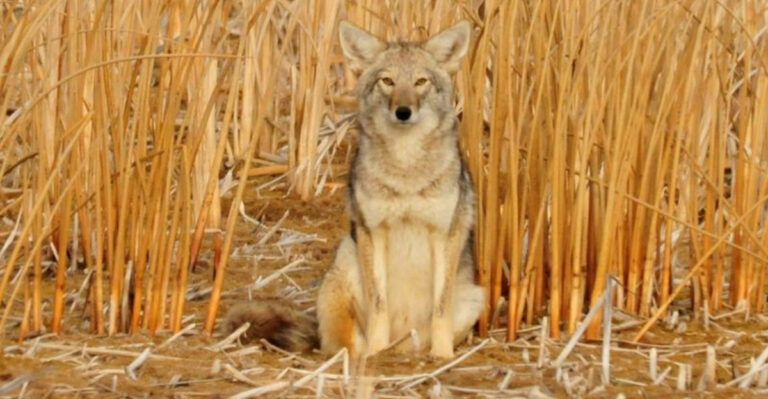28 Iconic American Animals That Will Leave You In Awe
From the dense forests to the open plains, America is home to a vast array of wildlife. These iconic animals not only define the landscape but also capture the spirit of the wilderness.
In this list, we explore remarkable American animals that leave observers inspired and awestruck.
1. Red Fox
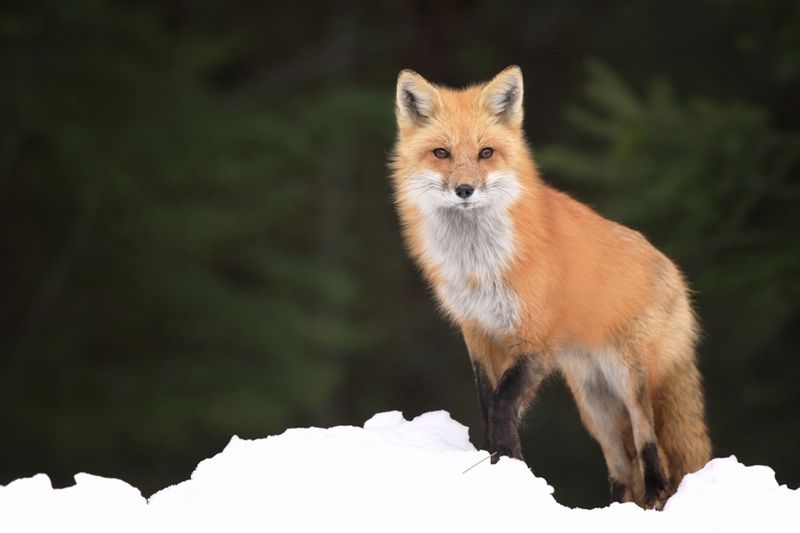
With a coat as vibrant as autumn leaves, the red fox is a master of stealth and cunning. This clever creature can adapt to various environments, making it a common sight from urban parks to rural fields.
Its reputation for intelligence and adaptability has earned it a special place in folklore and mythology.
Whether you’re hiking through a national park or strolling through your neighborhood, spotting a red fox is always a captivating experience.
2. American Black Bear
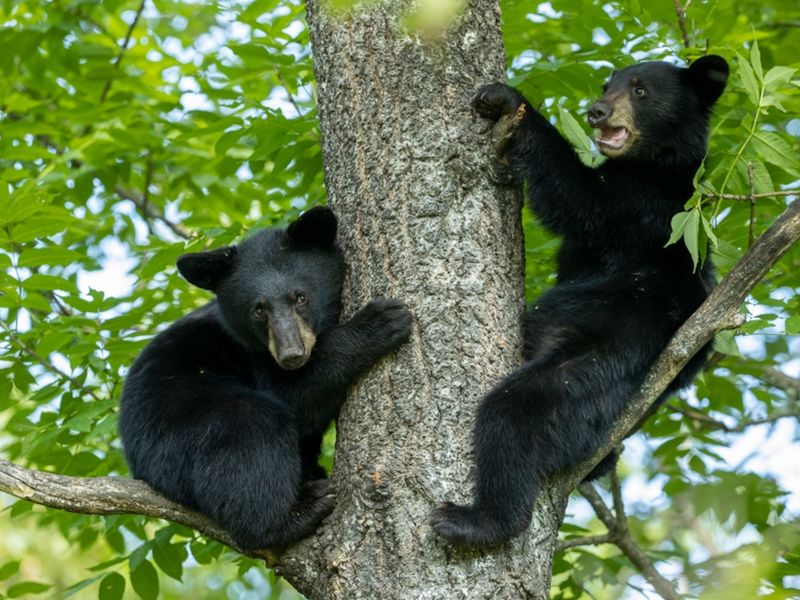
In the heart of America’s wilderness, the American black bear roams with a sense of majesty and curiosity. These bears are known for their adaptability, thriving in forests, swamps, and even alpine meadows.
Though they are impressive in size, their playful cubs add a touch of charm to their imposing presence.
Encountering a black bear in the wild is a reminder of nature’s grandeur and the delicate balance of ecosystems.
3. Peregrine Falcon
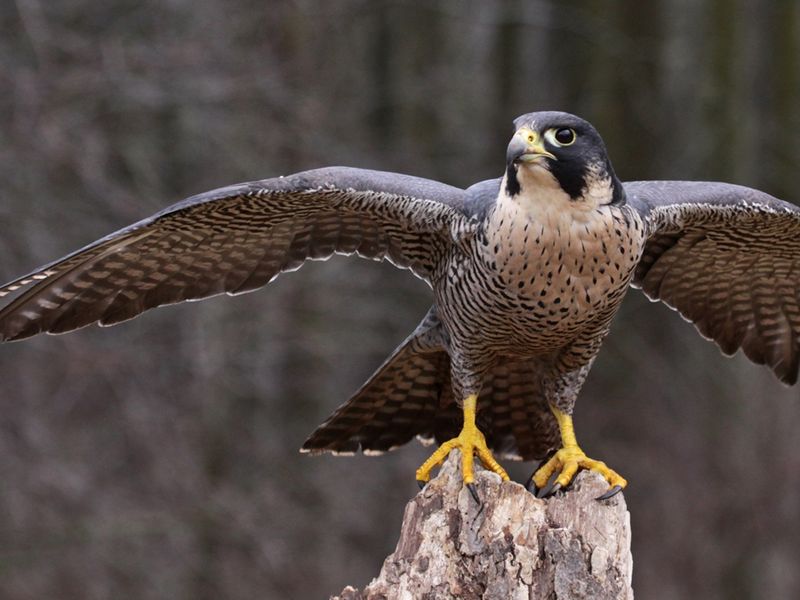
Regarded as the fastest bird in the world, the peregrine falcon is an avian marvel. Its incredible speed and agility make it a formidable hunter in the skies.
With a sharp, piercing gaze and a regal presence, these falcons are often seen perched high on cliffs or skyscrapers.
Watching a peregrine falcon in flight is a breathtaking spectacle that leaves birdwatchers in awe.
4. Pronghorn Antelope
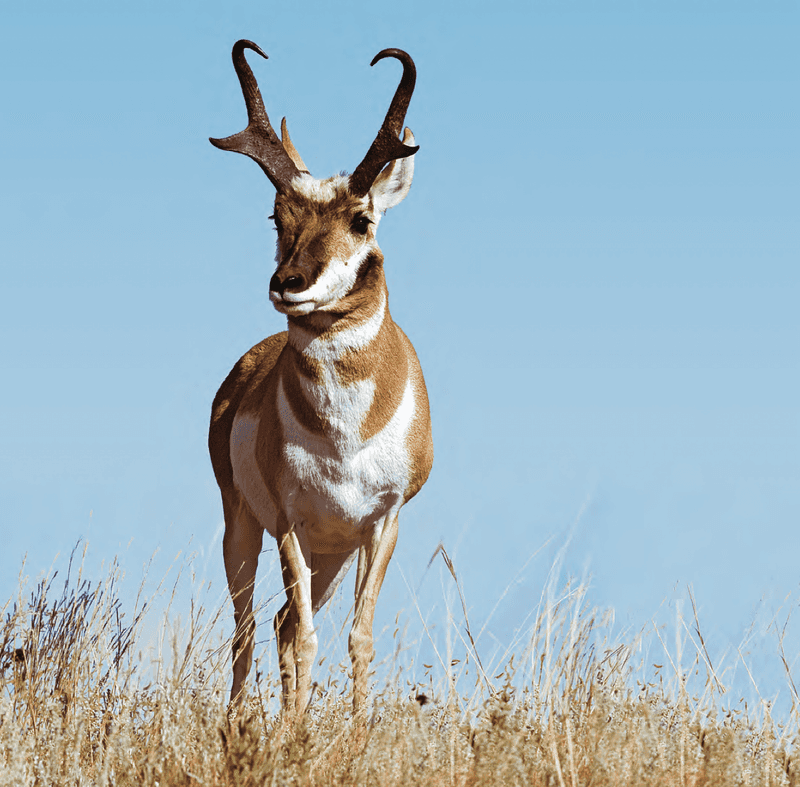
In the vast expanses of North America’s grasslands, the pronghorn antelope stands as a testament to speed and endurance.
Known for being the fastest land mammal in the Western Hemisphere, it can reach speeds up to 60 mph.
With its distinct horns and graceful build, the pronghorn is a symbol of the open plains. Observing these animals in their natural habitat is a thrilling experience.
5. Gray Whale
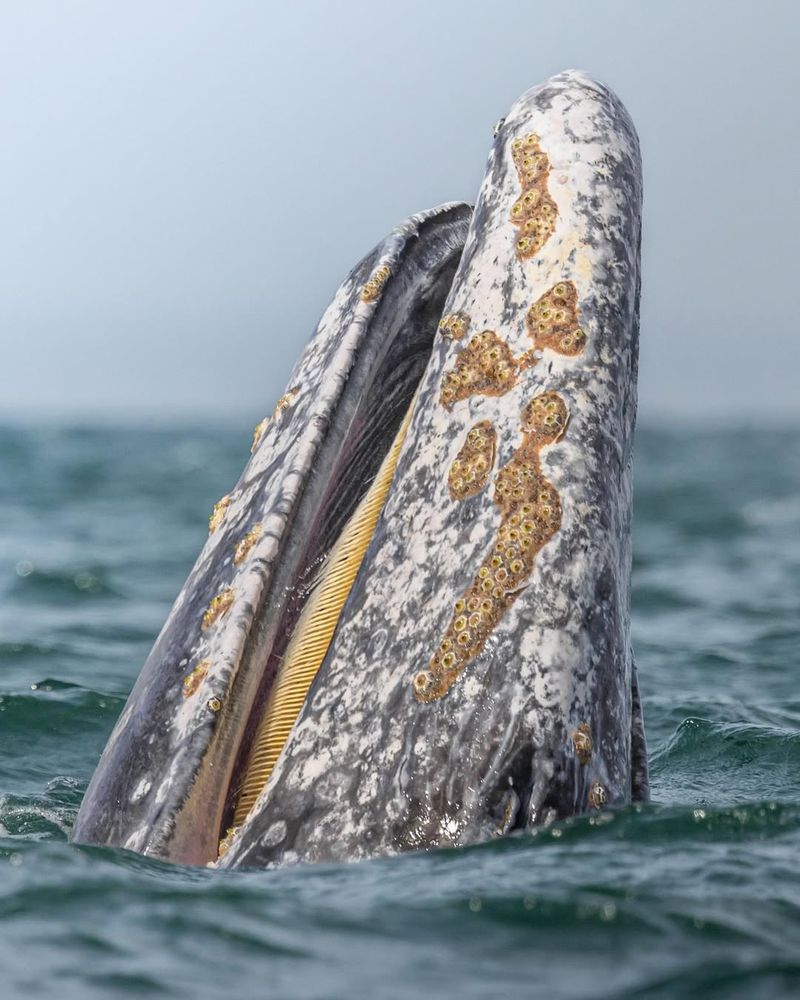
Migrating thousands of miles from the Arctic to the warm waters of Mexico, the gray whale undertakes one of the longest migrations of any mammal.
These gentle giants of the sea are often seen breaching and spouting along the Pacific Coast.
Their sheer size and majestic movements capture the imagination of those lucky enough to witness them. Whale watching becomes an unforgettable adventure when a gray whale makes an appearance.
6. California Condor
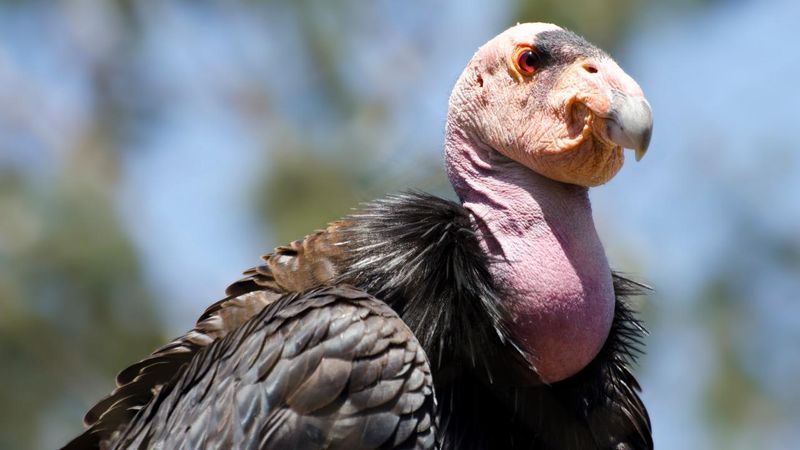
The California condor, with its impressive wingspan, is a symbol of conservation success. Once on the brink of extinction, this magnificent bird can now be seen soaring across the skies of the American Southwest.
Its striking appearance and graceful flight make it a favorite among birdwatchers and nature enthusiasts. Spotting a California condor is a testament to the power of dedicated conservation efforts.
7. Rattlesnake
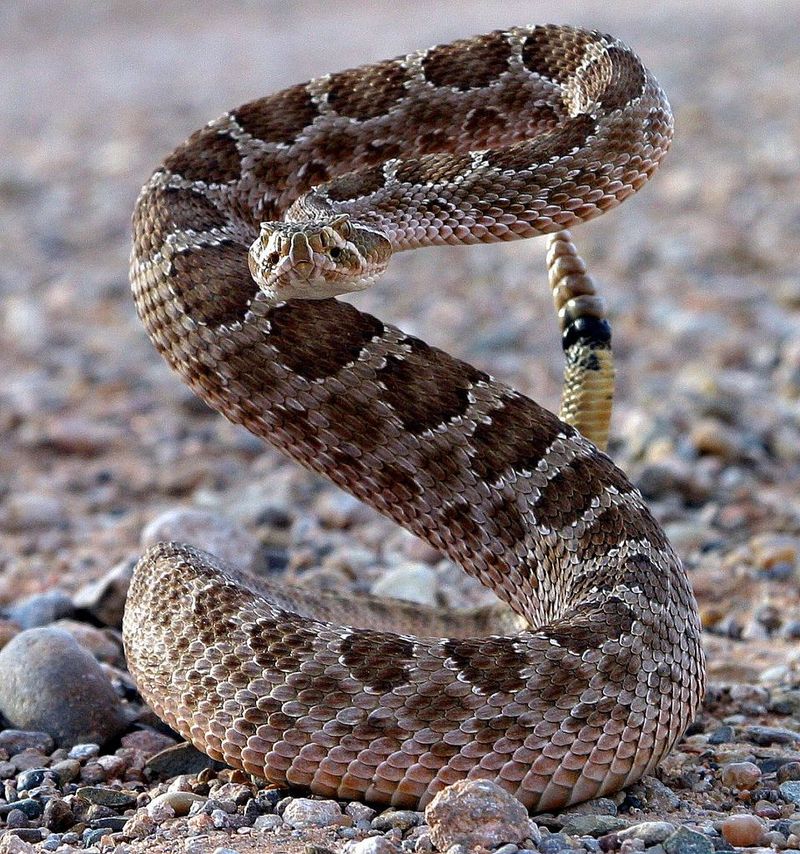
In the arid landscapes of the American Southwest, the rattlesnake commands respect with its distinctive sound and striking presence.
Known for its iconic rattle, this snake serves as a reminder of the delicate balance of nature.
Despite its fearsome reputation, the rattlesnake plays a crucial role in controlling rodent populations. Observing a rattlesnake from a safe distance offers a thrilling glimpse into the world of reptiles.
8. Mountain Lion (Cougar)
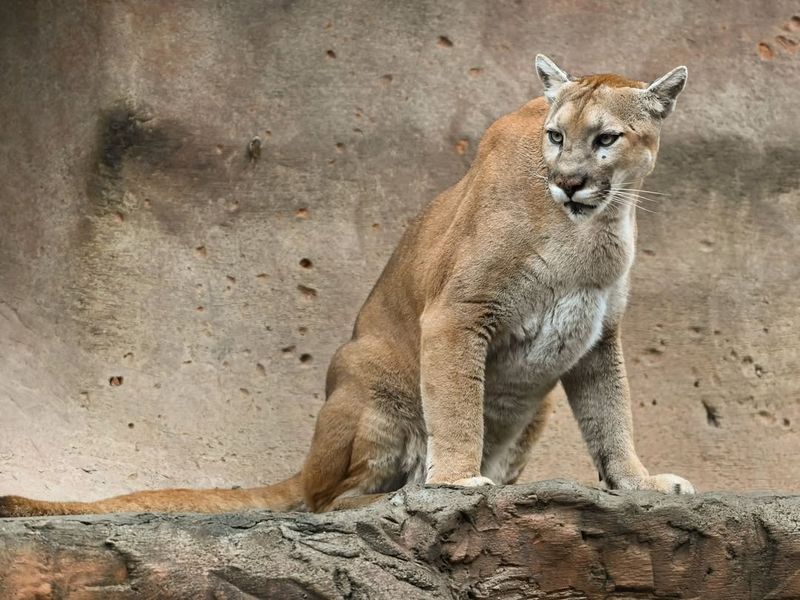
Graceful yet powerful, the mountain lion, or cougar, is the epitome of wild feline elegance. Found across diverse habitats in North America, this solitary predator is known for its stealth and strength.
Encounters with mountain lions are rare but awe-inspiring, reminding us of the untamed wilderness that lies beyond our doorstep. These big cats embody the spirit of the American wilderness.
9. Bald Eagle
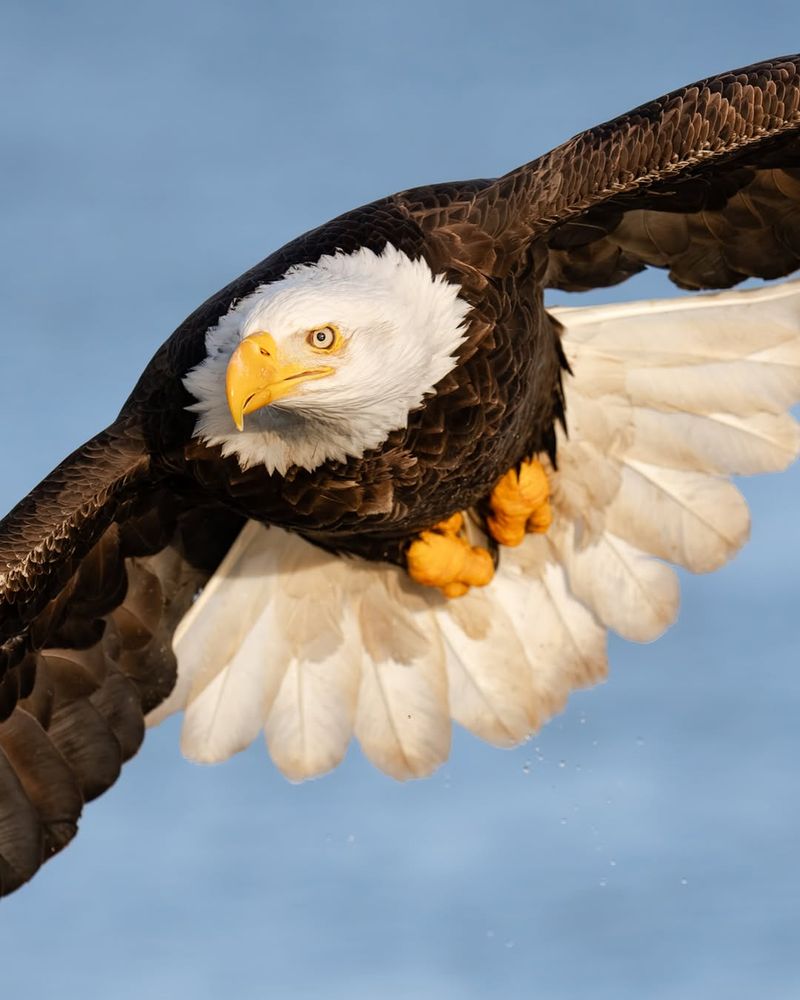
As the national symbol of the United States, the bald eagle embodies freedom and strength. This majestic bird of prey is known for its striking appearance and incredible hunting skills.
Found near large bodies of open water, the bald eagle’s presence is a testament to the health of our natural ecosystems. Spotting a bald eagle in flight is a thrilling experience that inspires awe and admiration.
10. Roosevelt Elk
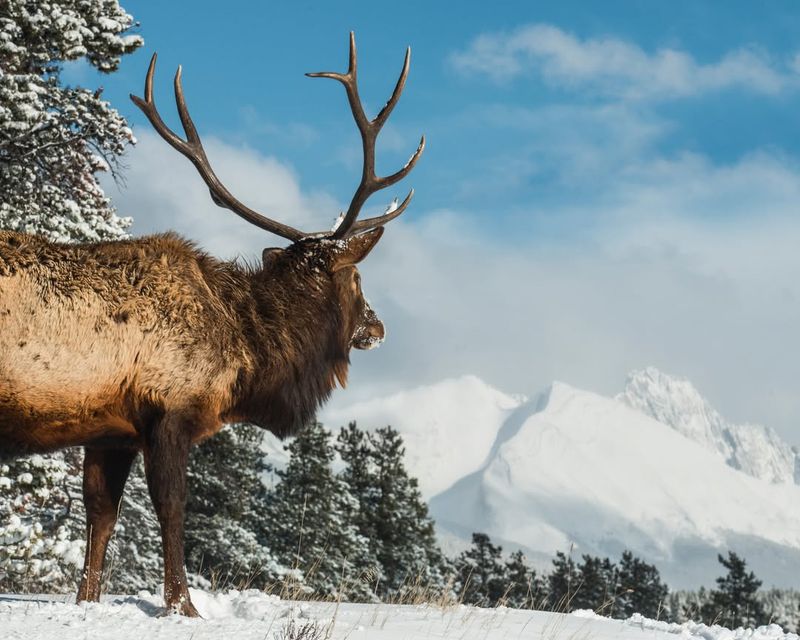
In the misty forests of the Pacific Northwest, the Roosevelt elk reigns supreme. Known for its impressive size and regal antlers, this majestic creature is a symbol of the wilderness.
The Roosevelt elk’s presence enriches the rich biodiversity of its habitat. Observing a herd of these magnificent animals is a serene yet exhilarating experience, offering a glimpse into the harmony of nature.
11. Bobcat
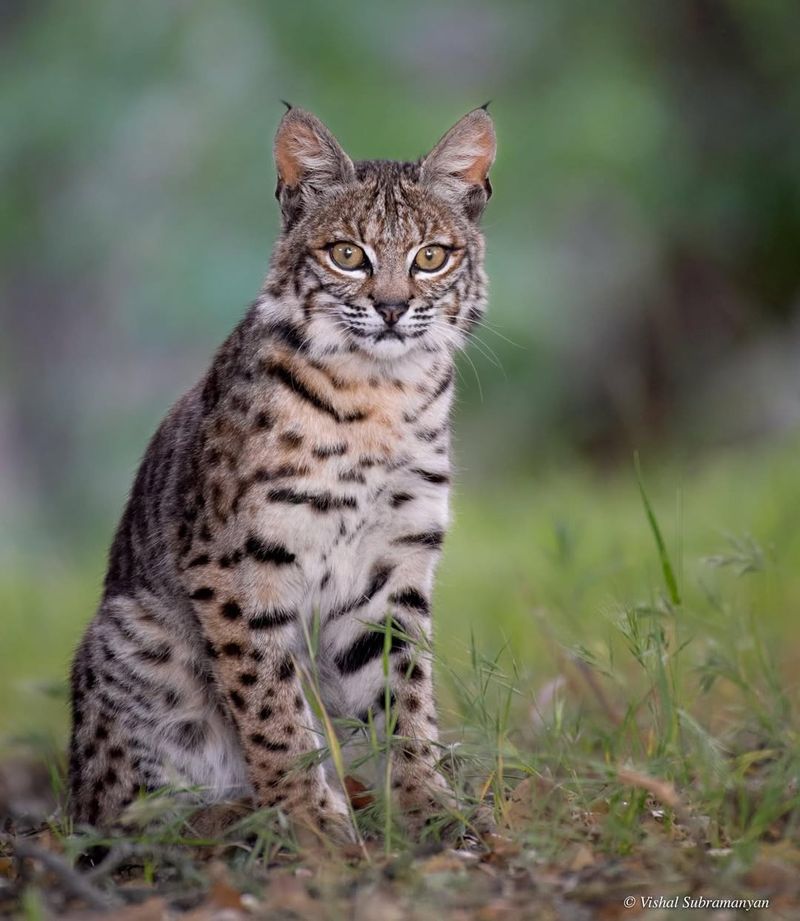
Stealth and agility define the bobcat, a master hunter of the American wilderness. With its tufted ears and spotted coat, this feline blends seamlessly into its surroundings.
Bobcats are elusive creatures, often seen as a fleeting shadow in the forest. Their keen senses and adaptability allow them to thrive in diverse environments, from deserts to mountains.
12. Osprey
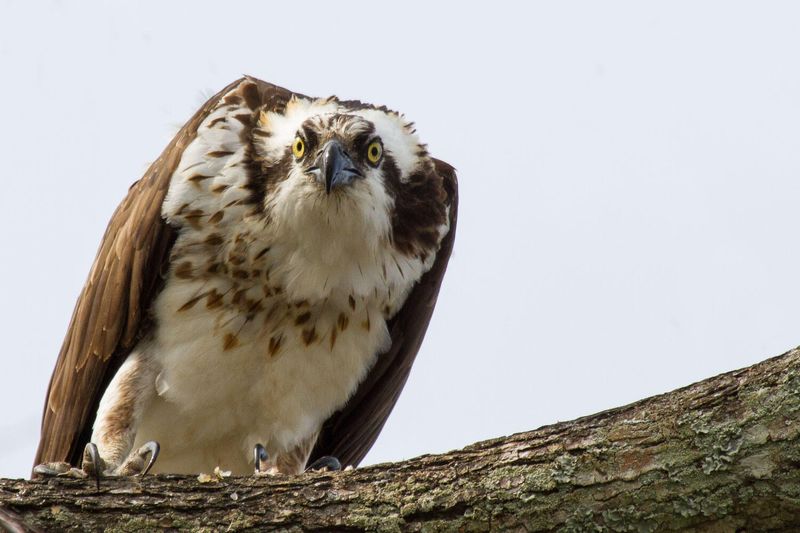
The osprey, known as the sea hawk, is a master fisherman of the avian world. With keen eyesight and agile flight, it can spot and snatch fish from the water with incredible precision.
These birds of prey are found near rivers, lakes, and coastal waters, where their hunting prowess is on full display. Watching an osprey dive at lightning speed is a breathtaking spectacle.
13. American Bison
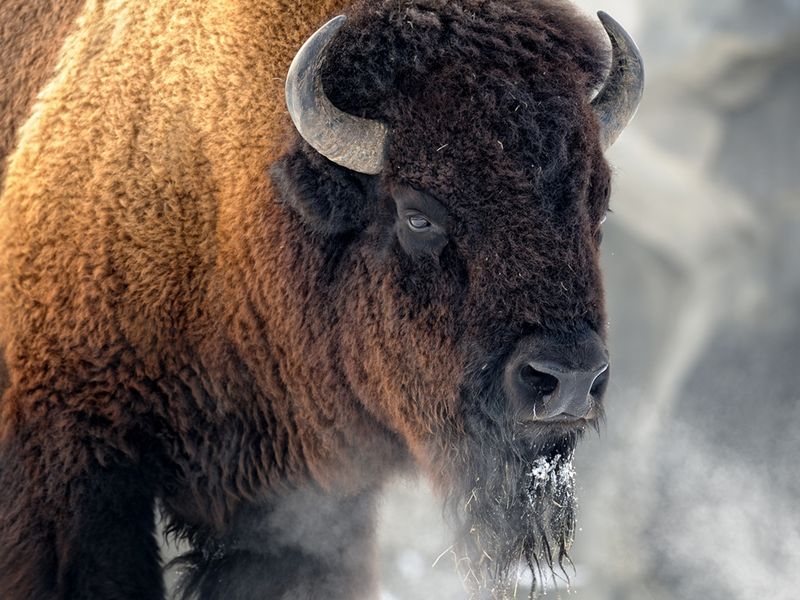
Once roaming the Great Plains in massive herds, the American bison is a symbol of the wild frontier. Known for its massive size and shaggy appearance, this iconic mammal represents strength and resilience.
Restoration efforts have brought the bison back from the brink of extinction, allowing them to roam freely once more. Seeing a bison in its natural habitat is a reminder of America’s rich wildlife heritage.
14. Coyote
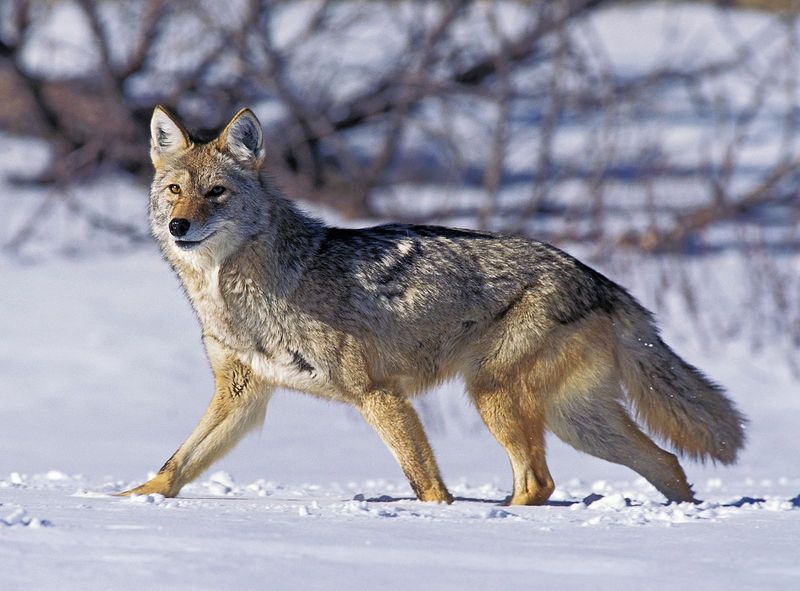
Adaptability is the hallmark of the coyote, a cunning survivor found across North America. Known for its distinctive howl, the coyote has become a symbol of the American wilderness.
Their intelligence and resourcefulness have allowed them to thrive in diverse environments, from deserts to forests to urban areas. Coyotes remind us of the resilience of wildlife in the face of changing landscapes.
15. Moose
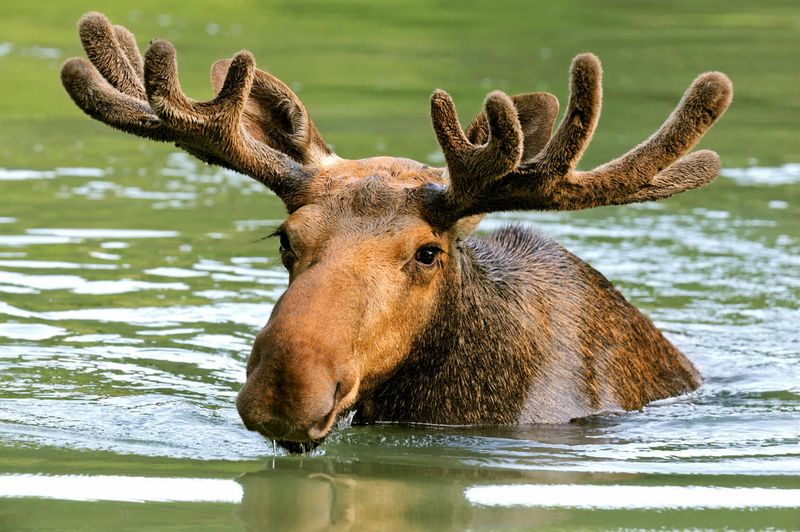
Towering above the forest floor, the moose is a gentle giant of the northern woodlands. Known for their massive antlers and towering stature, moose are a symbol of the untamed wild.
Often seen wading through lakes or grazing in meadows, their peaceful presence belies their formidable size. Encountering a moose in the wild is a humbling experience that connects us to nature’s grandeur.
16. Timber Wolf
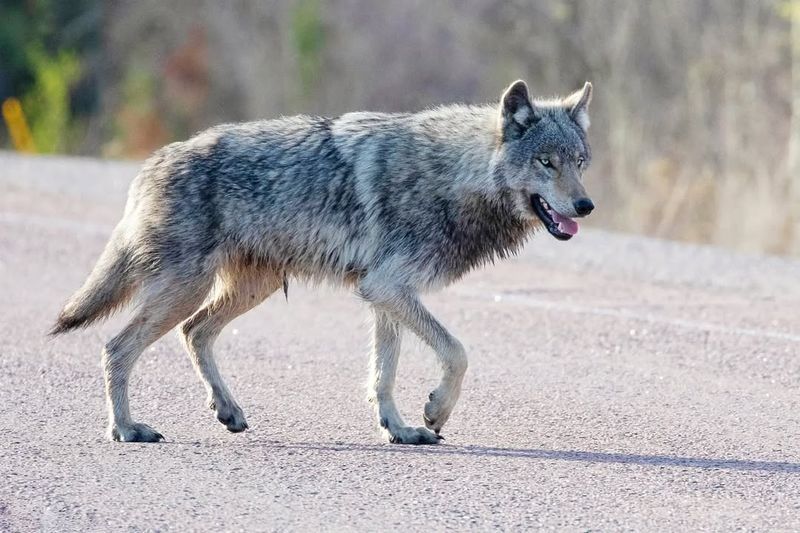
In the heart of the wild, the timber wolf, or gray wolf, commands respect and admiration. As a social and intelligent predator, wolves are known for their complex pack dynamics and haunting howls.
Once nearly eradicated, conservation efforts have helped restore wolf populations in North America. Observing a timber wolf in its natural habitat is a rare and thrilling opportunity to witness nature’s harmony.
17. American Alligator
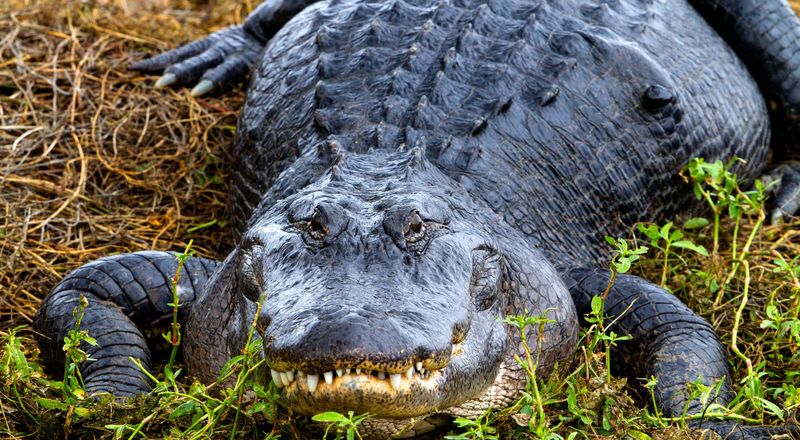
Lurking in the swamps and marshes of the southeastern United States, the American alligator is a symbol of ancient strength. With powerful jaws and a prehistoric appearance, these reptiles capture the imagination.
Despite their fearsome reputation, alligators play a crucial role in their ecosystems, maintaining the balance of wetland environments. Encountering an alligator in the wild is a thrilling reminder of nature’s raw power.
18. Snowy Owl
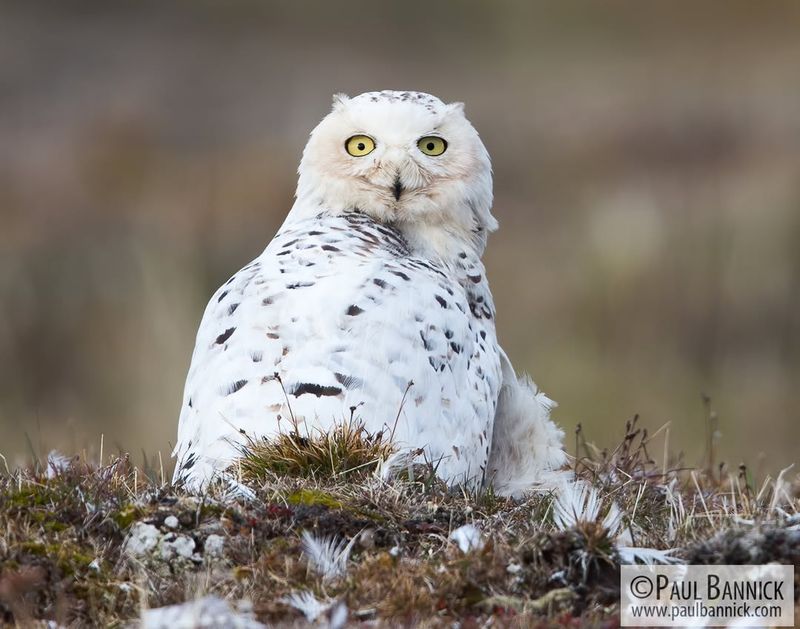
In the icy realms of the north, the snowy owl reigns with elegance and mystery. Known for its striking white plumage and piercing gaze, this owl is a true icon of the Arctic tundra.
Often seen gliding silently over the snow-covered landscape, the snowy owl’s presence adds a touch of magic to the wintry world.
Birdwatchers delight in spotting these majestic creatures during their seasonal migrations.
19. Humpback Whale
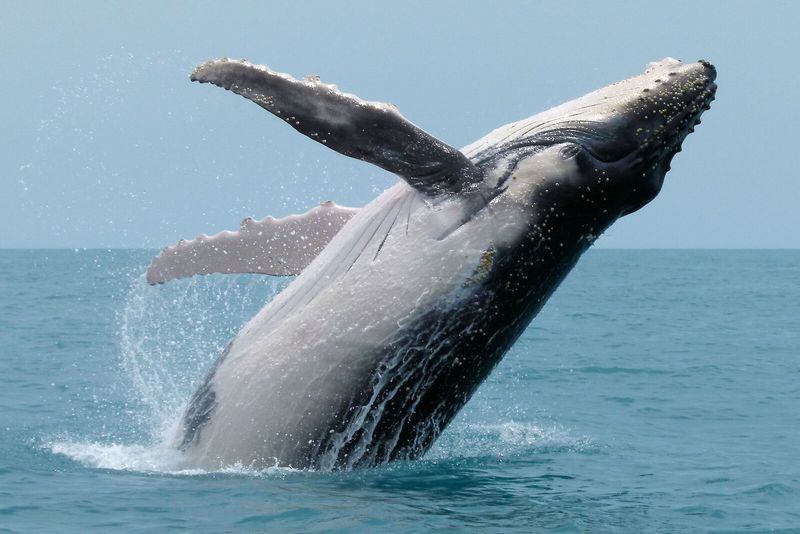
With songs that echo through the ocean, the humpback whale is a musical marvel of the sea. These gentle giants are known for their acrobatic breaches and melodic vocalizations.
Migrating across vast distances, humpback whales captivate the hearts of those who witness their graceful movements.
Watching a humpback whale breach is a mesmerizing experience that underscores the wonders of marine life.
20. Wild Mustang
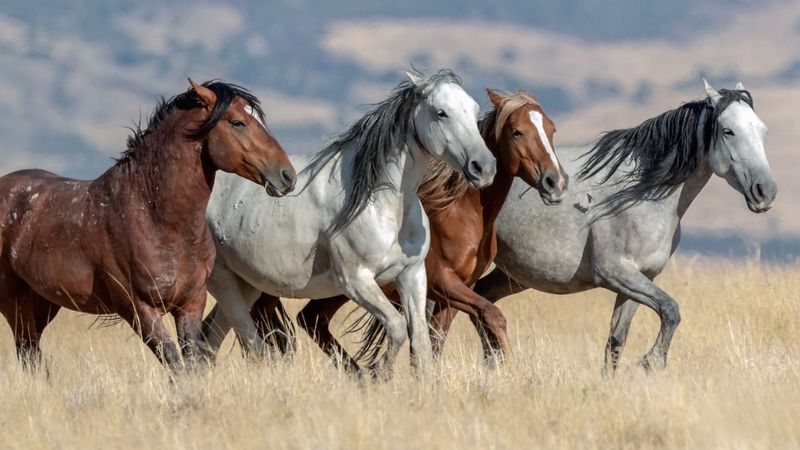
The wild mustang, an enduring symbol of freedom and the untamed spirit of the American West, roams the open plains with grace and strength.
Known for their resilience and beauty, these horses have captured the imagination of many.
Living in herds, mustangs maintain complex social structures that reflect their wild heritage. Observing them in their natural habitat evokes a sense of wonder and nostalgia for the wild frontier.
21. American Lobster
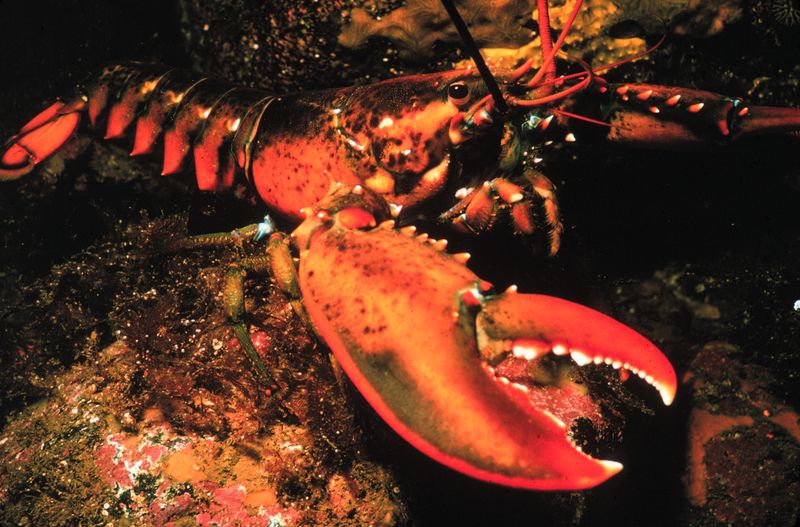
With claws that mean business, the American lobster is a culinary icon of the Atlantic coast. Known for its hard shell and powerful pincers, this crustacean is a prized catch for fishermen.
Found in the cold waters of the North Atlantic, lobsters play a vital role in the marine ecosystem, contributing to the ocean’s biodiversity. Encountering a lobster in the wild is a fascinating glimpse into the underwater world.
22. Florida Panther
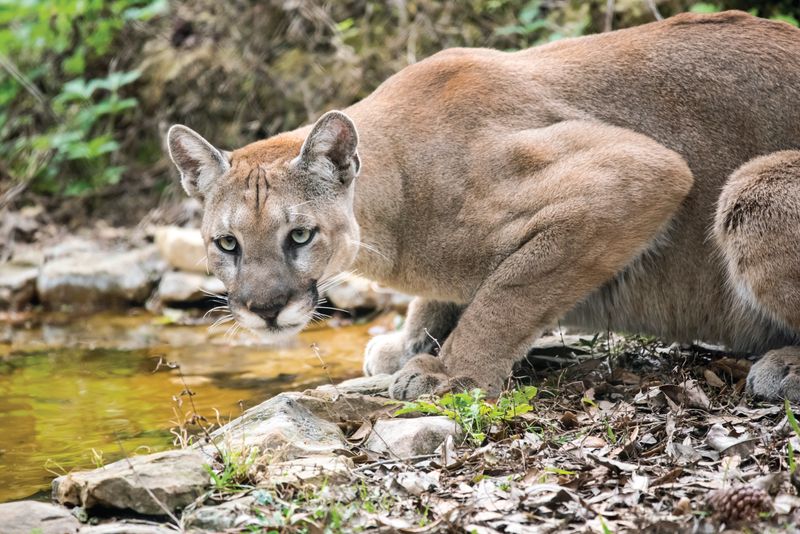
In the subtropical wilderness of Florida, the elusive Florida panther prowls with a mysterious allure. This rare subspecies of cougar is known for its sleek coat and solitary nature.
Conservation efforts have been crucial in preserving the Florida panther’s dwindling population.
Spotting one in the wild is a rare and awe-inspiring experience that highlights the importance of protecting endangered species.
23. Grizzly Bear
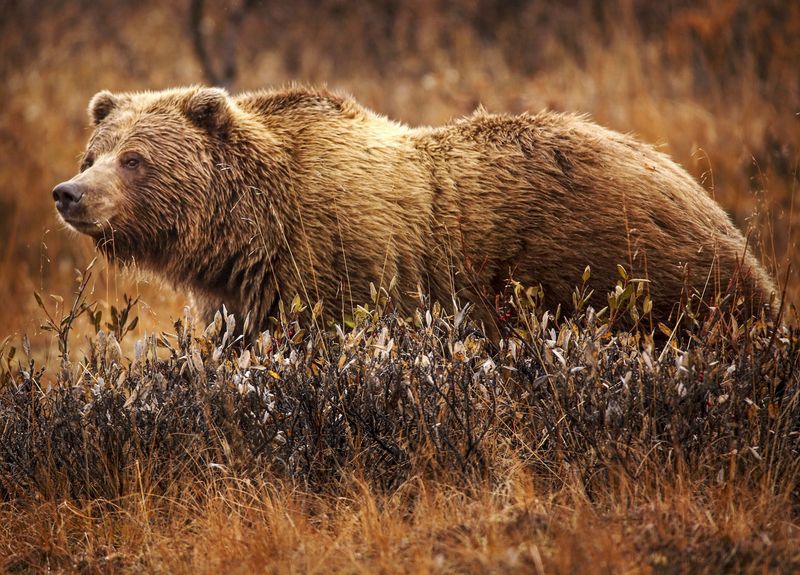
The grizzly bear, with its formidable stature and distinctive hump, commands respect in the wild. Found in the rugged landscapes of North America, these bears are known for their strength and resilience.
Grizzlies play a crucial role in maintaining the health of their ecosystems, particularly in salmon-rich environments. Observing a grizzly bear in its natural habitat is a powerful reminder of nature’s raw beauty.
24. North American River Otter
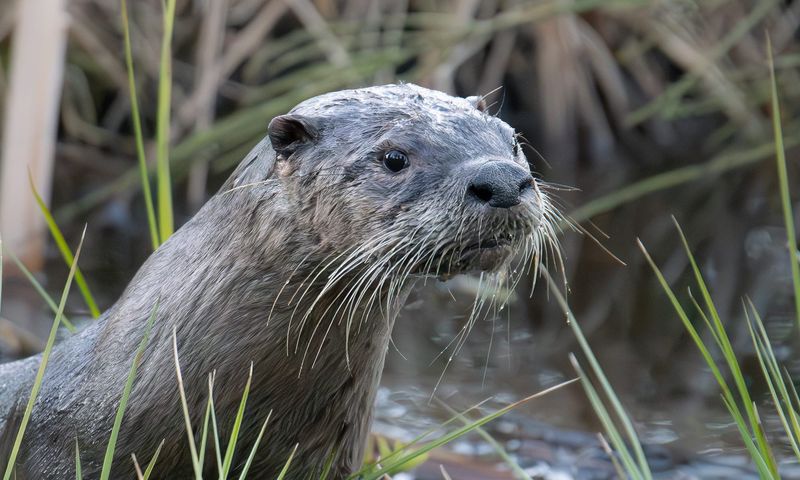
In the waterways of North America, the river otter brings a touch of playfulness and curiosity. Known for their sleek bodies and agile movements, otters are adept hunters and swimmers.
Their playful antics and social behavior make them a delight to observe. Spotting a river otter in the wild is a joyful experience that connects us to the whimsy of nature.
25. Elk
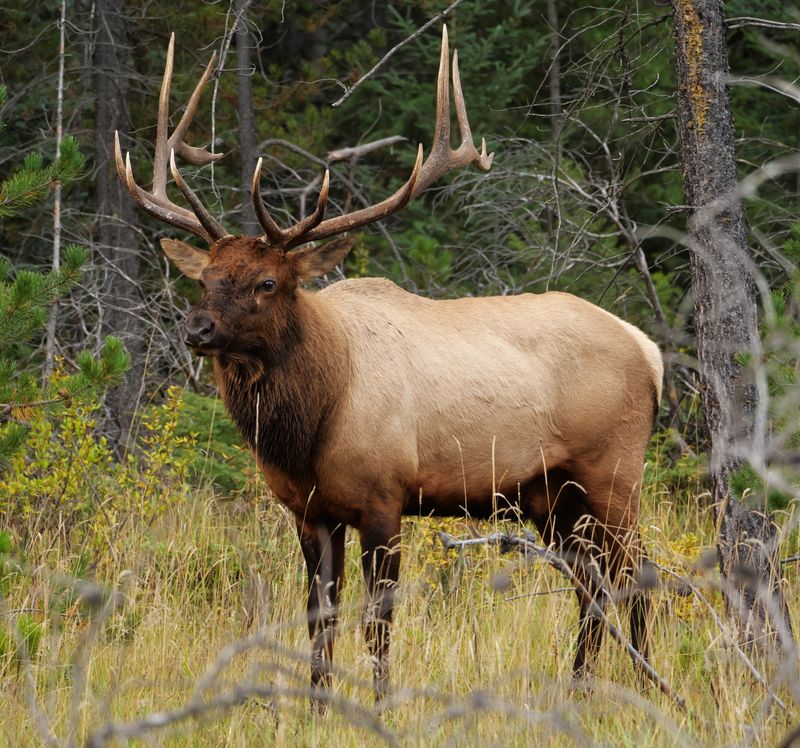
With a bugle that echoes through the mountains, the elk is a majestic presence in North America’s forests and meadows. Known for their impressive antlers and striking appearance, elk are a symbol of the wild.
Their seasonal migrations and social behavior offer a glimpse into the complexity of nature. Observing an elk in its natural habitat is a serene experience that highlights the wonders of wildlife.
26. American Beaver
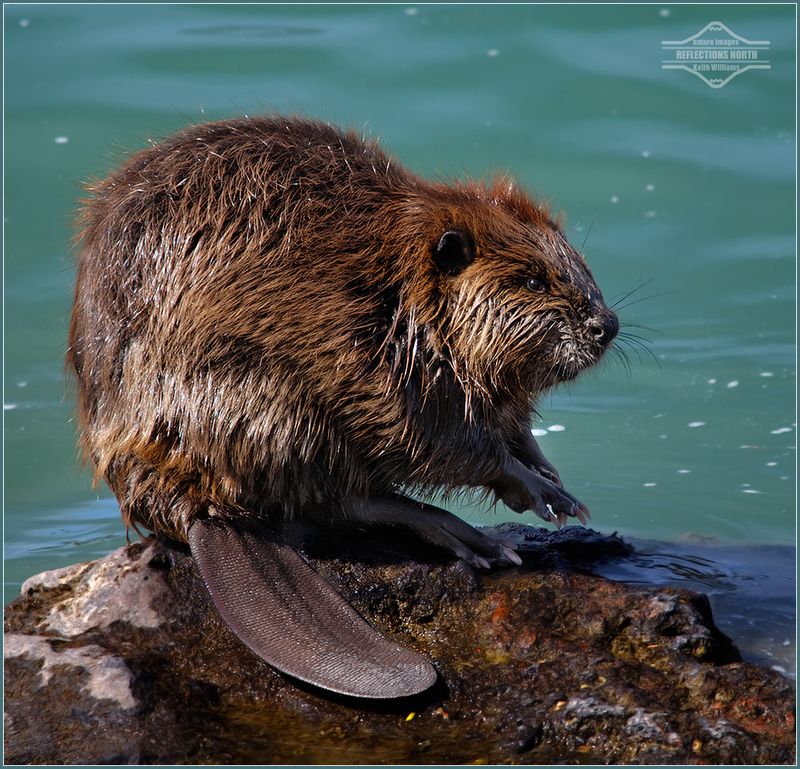
Engineering marvels of the animal kingdom, American beavers are known for their dam-building prowess.
With strong teeth and a tireless work ethic, these industrious rodents transform landscapes and create new ecosystems.
Beavers play a vital role in maintaining wetland environments, supporting biodiversity and water management. Watching a beaver at work is a fascinating insight into nature’s ingenuity.
27. Prairie Dog
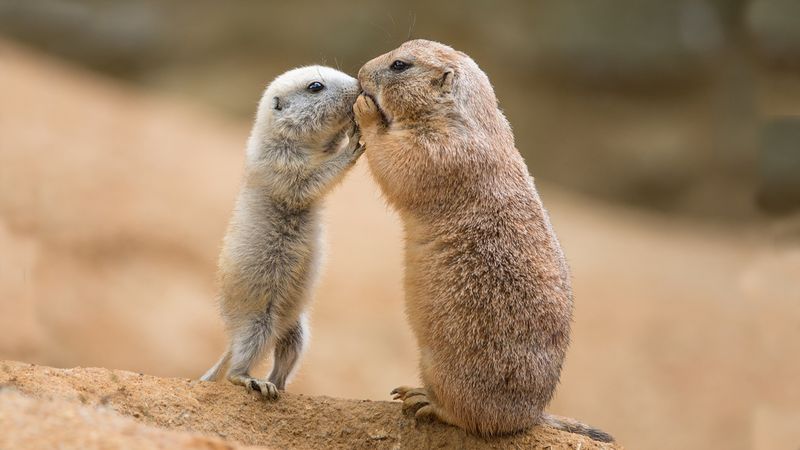
Cheerful chatter and bustling activity define the prairie dog communities of North America’s grasslands. Known for their complex social structures and burrow networks, these rodents are a keystone species.
Their presence supports a variety of wildlife, from birds to predators. Observing a prairie dog town is a lively experience that highlights the interconnectedness of ecosystems.
28. Monarch Butterfly
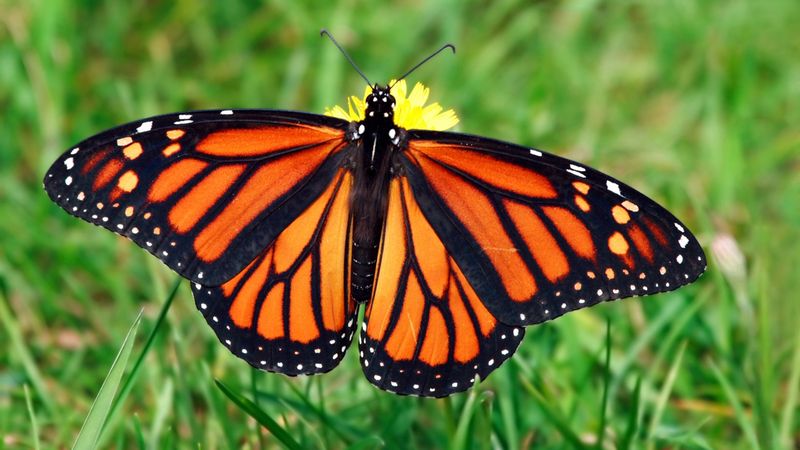
The Monarch Butterfly is renowned for its lengthy migration, traveling thousands of miles from North America to central Mexico.
This remarkable journey is undertaken by generations of butterflies, each playing a crucial role in reaching their wintering grounds.
Known for their striking orange and black wings, Monarchs are a symbol of beauty and endurance. Their presence in gardens brings joy and their lifecycle fascinates those who study them.




